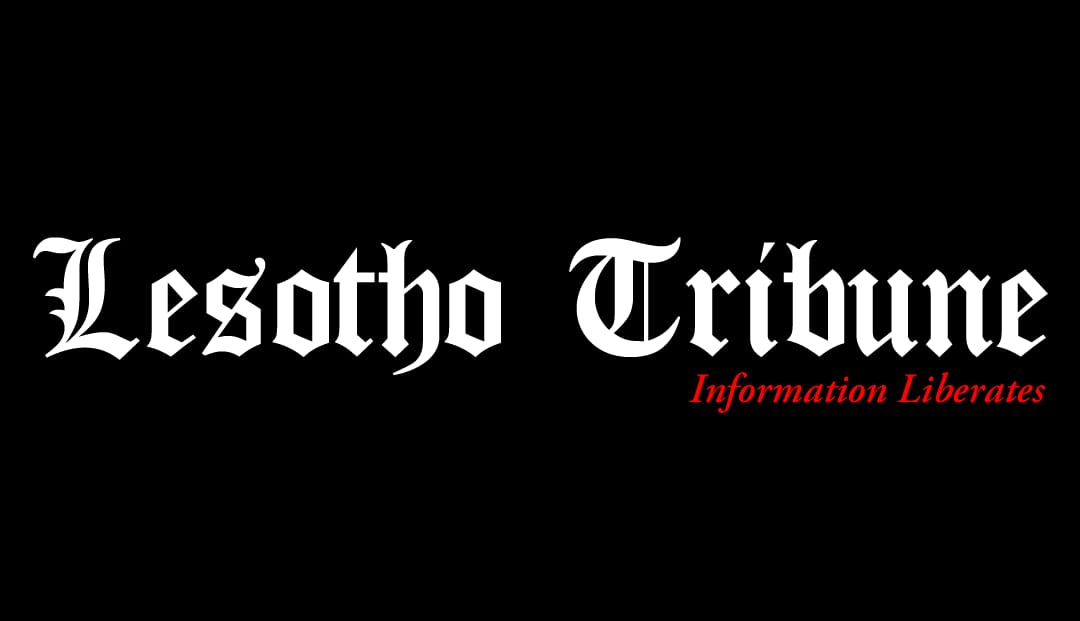The political landscape of Lesotho over the past decade offers a compelling case study for South Africa as it navigates its own turbulent waters. Since 2012, Lesotho has seen a series of coalition governments, each marked by instability and rapid changes in leadership. This history provides a cautionary tale and a potential preview of what South Africa might experience in the coming years, as suggested by Data Matrix.
Lesotho’s Decade of Coalition Governments
In 2012, Lesotho experienced its first coalition government after the general elections failed to produce a clear winner. The All Basotho Convention (ABC), led by Tom Thabane, formed a coalition with the Lesotho Congress for Democracy (LCD) and the Basotho National Party (BNP). However, this coalition was fraught with internal conflicts and instability, leading to a political crisis in 2014 when Prime Minister Thabane fled to South Africa amid allegations of a military coup attempt.
The subsequent snap elections in 2015 resulted in another coalition, this time led by Pakalitha Mosisili of the Democratic Congress (DC). This government, too, struggled with internal divisions and governance issues, leading to further political turmoil. By 2017, another election was held, bringing Thabane back to power in a coalition with the Alliance of Democrats (AD), the BNP, and the Reformed Congress of Lesotho (RCL). Thabane’s second term was also marked by conflict and allegations, eventually leading to his resignation in 2020.
The cycle of instability continued with the formation of a new coalition under Moeketsi Majoro of the ABC, supported by the Democratic Congress. Despite attempts to stabilize the government, internal conflicts persisted, highlighting the challenges of coalition politics in a fragmented political environment.






